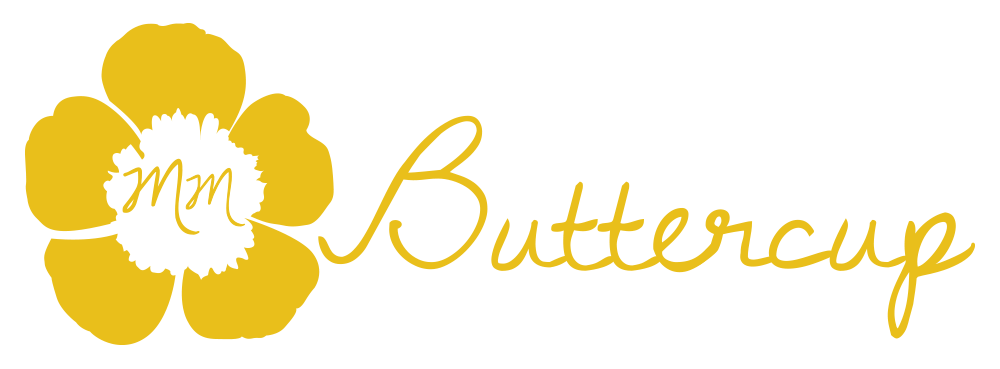Enjoyment of a story can come in the physical way our senses experience a book. How our eyes, hands, and/or ears take in a story plays a part in how we feel about the book. I have listened to a lot of audio books on road trips. Sometimes the voice(s) reading the book is pleasing to my ears, and other times not so much. Some prefer digital books to paper, or vice versa. Readers have sensory preferences.
Children may also have a preference whether they are able to communicate it clearly or not. One author who created a sensory experience for kids is Dorothy Kunhardt. She wrote “Pat the Bunny” in 1940. Little ones can handle this small size book, turn thick pages, pat the bunny, scratch Daddy’s beard, put a finger in the finger, lift the peek-a-boo fabric, look in a mirror, turn a miniature book within the book, and smell the flowers. She was a pioneer in designing a genre of books for children that enhance interactions. Young readers have various sizes of paper or board books, and other book types too. Here are some others.
Shape Books- The average book is either a square or rectangle. Different shape books are also available. For young readers, a square shape book can be easier to hold and handle than other shapes. My daughter loves a book in the shape of a purse I bought her to match her Princess Sofia costume (Kelman et al., 2014). The purse has a handle that she likes to take with her places. The book links to her dramatic play. There are also stickers in the purse shaped book that provide yet another sensory element and interactive feature to the book. Another book with a unique shape is that of a dreidel (Kober, 2013). It is a board book and sing along for young children. Books of different shapes can be a fun way to learn concepts related to geometry and eye-hand coordination.
Cloth and/or Flap Books- Cloth books or quiet books give hands a different feeling than paper. It is a softer texture. Cloth books don’t make a crunchy sound like paper pages do when turning the page. The colorful and soft “Baby Love” (Magsamen, 2013) has a heartfelt message that young children can experience when they lift flaps or handle the squares. Cloth books are great for nap times, story times, and anytime.
Waterproof Books- We love books so much in our house that we even bring them into the bath tub. A favorite bath book is a story about sharing called, “The Rainbow Fish” (Pfister, 1992). Nontoxic plastic enables children to bring their bath books to the pool, bath, beach, or any place where there is water.
Write & Wipe Books- Another interactive book for young children are the write and wipe books. Their fine motor skills will be encouraged while they engage with other features of this type of book. Make Believe Ideas Ltd. is a publisher creating these books (Lynch et al., 2014). Tip: keep an eye on children or you might end up with ink on your walls. Just saying….
Pop-up Books- A variety of books are available for children that pop-up. The book becomes an interactive experience when objects propel from the pages or the gutter – inside of the book. DK Publishing has a series called, “Pop-Up Peekaboo!” The peekaboo colors book by Sirett and Calver (2013) is awesome for talking about cognitive concepts with children.
Finger Puppet Books- Chronicle Books has a wide collection of small board books with a hole in the center where one may insert their finger into the back and experience the story in a unique format. For example, in “Little Dolphin” (Van der Put, 2012) a blue finger puppet pokes out of the cover. By putting a finger in the opening, the puppet moves. My daughter has the bumble bee and giraffe books. These books are great for taking a picture walk and letting the child create their own story with the finger puppet and illustrations.
Design elements that create an interactive and sensory experience for children can be found in shape, cloth, waterproof, write-and-wipe, pop-up, and finger puppet books. Children delight when books come to life! Happy reading—and touching, smelling, seeing, hearing, and feeling!
Literature Cited
Kelman, M., & the Disney storybook art team (2014). Sofia’s purse. New York: Disney Press.
Kober, S. (2013). Dreidel, dreidel, dreidel! New York: Cartwheel Books.
Kunhardt, D. (1940). Pat the bunny. New York: Harcourt.
Lynch, S., Ede, L., Abbott, J. A., & Fennell, C. (2014). Write and wipe ABC. Nashville, TN: Make Believe Ideas Ltd.
Magsamen, S. (2013). Baby love. New York: Little, Brown and Company.
Pfister, M. (2000). The rainbow fish. New York: North-South Books Inc.
Sirett, D., & Calver, S. (2013). Colors pop-up peekaboo! New York: Dorling Kindersley Publishing.
Van der Put, K. (2012). Little dolphin: Finger puppet book. New York: Chronicle Books.

